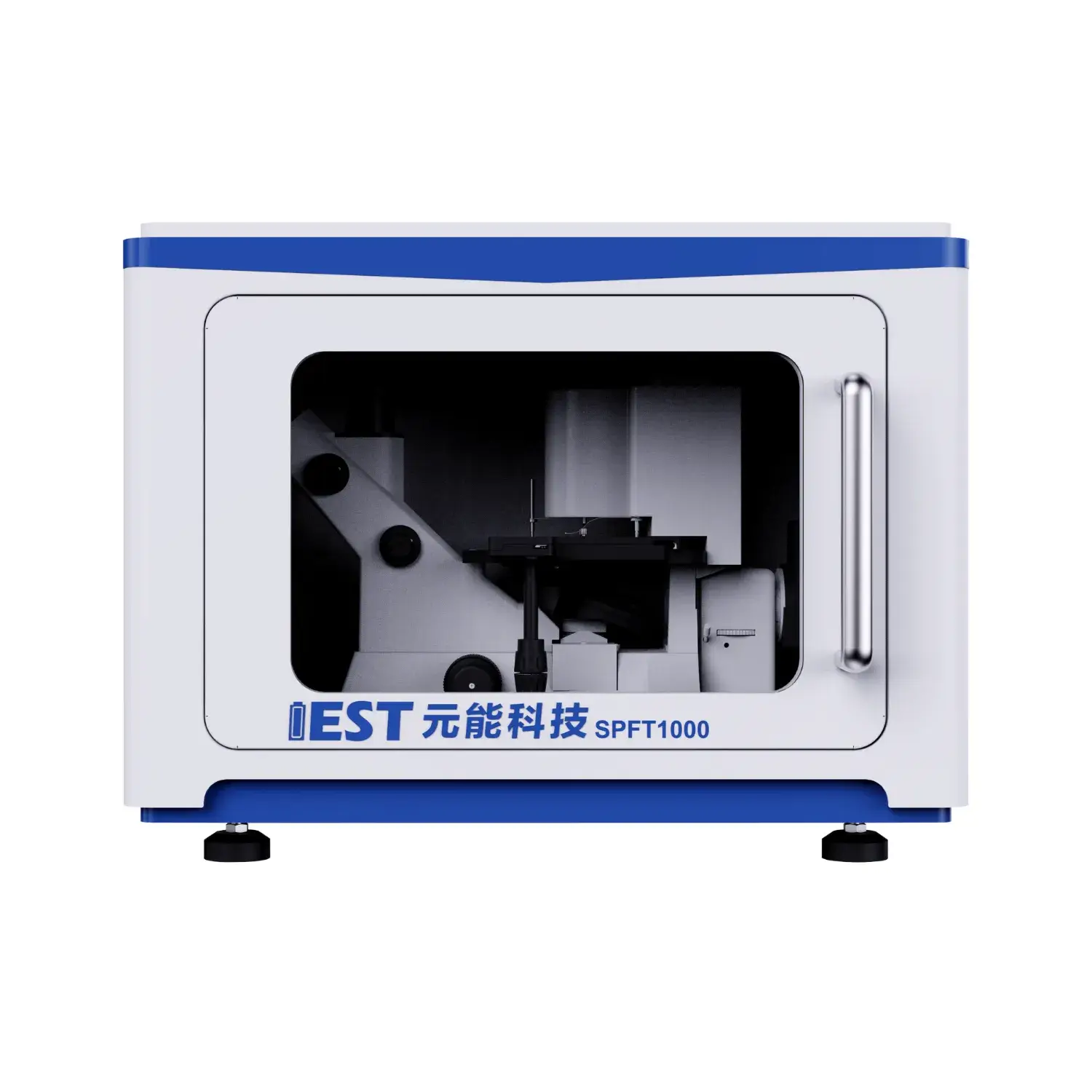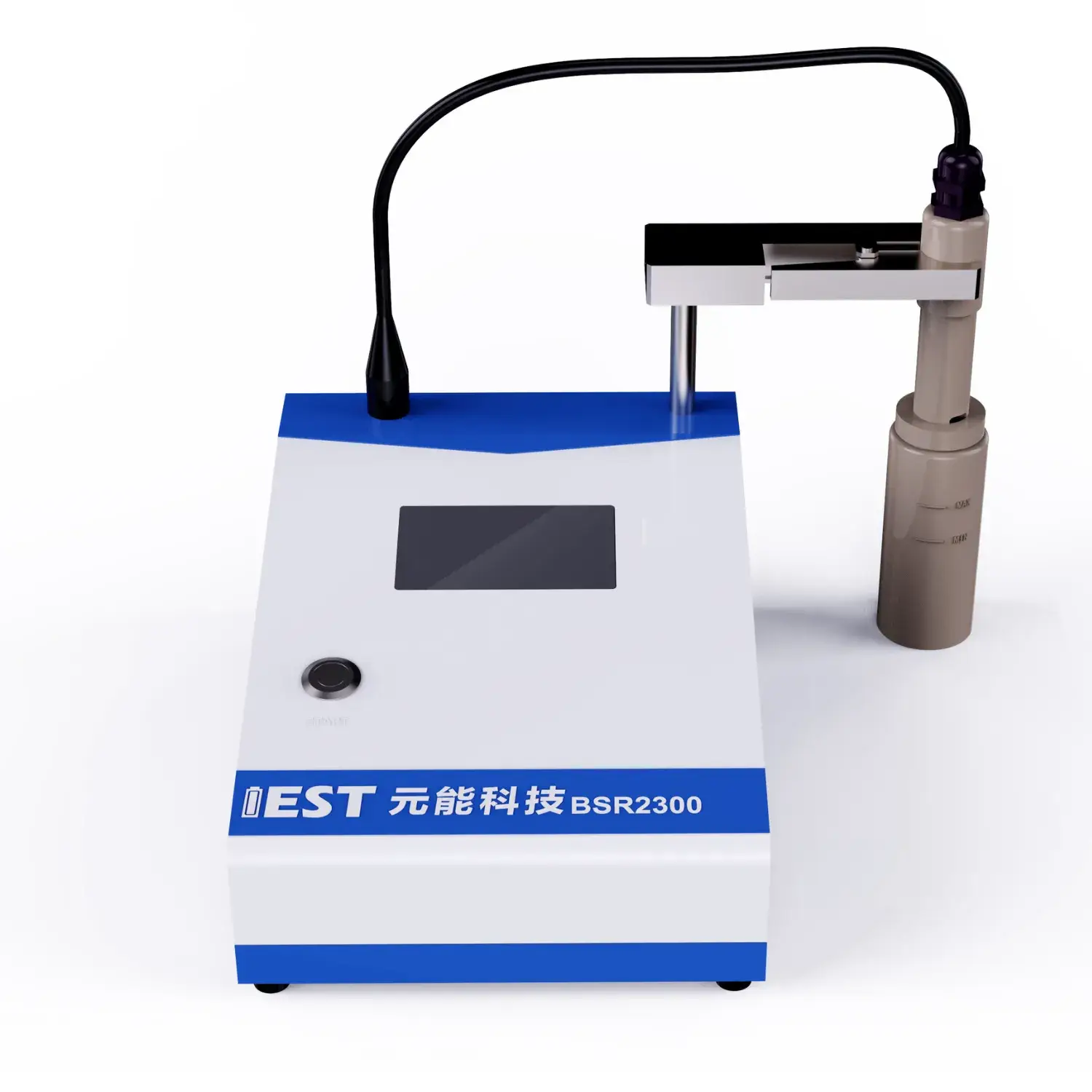
Electrochemical impedance methods provide deep insights into battery performance in lithium-ion batteries, under transient thermal loads. Through analyzing the impedance response of the battery across a spectrum of frequencies, valuable insights can be ascertained regarding the internal resistance, charge transfer kinetics, and overall functionality of the lithium-ion battery system. Importantly, EIS testing can help to quantify the impact associated with temperature fluctuations on key factors such as electrode polarization resistance, ionic conductivity, and double layer capacitance.
- Further, EIS data can be used to detect potential failure mechanisms attributable to thermal stress, enabling the development of strategies for optimizing battery configuration and improving their overall longevity.
- Such information is crucial for ensuring the safe and secure operation for lithium-ion batteries in a wide range concerning applications, including transportation, consumer and industrial storage.
Accelerated Aging Analysis of Lithium Batteries: A Comprehensive Analysis
Li-ion cells supply a broad spectrum of devices, demanding rigorous testing to ensure their reliability and longevity. ADT functions as a key evaluation tool for simulating the influence of prolonged use and diverse real-world conditions on battery performance. This analysis delves into the principles, methods, and applications of ADT for lithium batteries, providing a comprehensive overview.
ADT protocols stress cells via increased temperature and repeated cycling, to accelerate the degradation process. This helps measure capacity loss and life reduction due to stress.
Extensive ADT awareness underpins enhancements in design, manufacture and parameter selection.
EIS Methods for Battery Characterization
EIS testing measures impedance over frequency to analyze electrochemical mechanisms in Li-ion packs. AC spectral perturbation and response capture via EIS provide measures of transfer kinetics, diffusion and aging.
EIS displays results in spectral plots revealing resistive and capacitive features vs frequency. Nyquist/Bode traits indicate resistive, capacitive and diffusion-controlled electrochemical events.
Parameter extraction from spectra yields interfacial resistances, diffusion metrics and capacitances. Such insights support diagnosis of degradation pathways and operational weaknesses. Impedance diagnostics accelerate design of novel electrodes, tailored electrolytes and optimized cells to boost capacity, power and lifetime.
Powder Resistivity Systems: Theory and Practice
These systems perform critical resistivity testing in the characterization of powdered materials. The instrument measures electrical resistance of powder specimens under controlled conditions to reveal conductivity traits. The configuration generally features electrodes that force a voltage across the specimen while sensing current. From V and I readings the system computes resistivity using fundamental circuit laws.
Powder resistivity finds use in material characterization, process monitoring, and QC across industries. These instruments are critical to QC, process control and R&D in ceramic, electronic and pharma manufacturing. Ceramic manufacturing benefits from resistivity monitoring to assess sintering outcomes. Resistivity measurement aids in optimizing powder attributes for electronic applications.

In-Line Resistivity Monitoring for Powder Processes
Real-time resistivity monitoring provides a powerful means to optimize powder properties during manufacturing processes. Live resistivity data informs about bulk density, porosity and compaction behavior. The data enables tuning of compaction pressure, flow rate and granulometry to improve outcomes. Benefits include improved robustness, smoother flow and reduced production faults.
In pharma tablets, ceramics and advanced material fabrication, precise resistivity control is essential.
Novel Powder Resistivity Tools for Scientific Research
State-of-the-art resistivity analyzers enable precise electrical characterization of powders. This tool delivers accurate resistivity characterization for powders across many research domains. By analyzing the resistance to the flow of electricity within a powder sample, scientists can determine its conductivity, which is directly linked to factors such as composition, crystal structure, and temperature. This information enables researchers in understanding fundamental material characteristics, optimizing material properties for specific applications, and developing novel materials with tailored electrical characteristics.
- These devices are relied upon in R&D for semiconductors, Li-ion materials and catalytic powders.
- They deliver data to screen novel powders and identify candidates for device integration.
Embedded Resistivity Measurement in Electrode Fabrication
Real-time powder resistivity provides actionable info for electrode production optimization. Measurements yield continuous insights into powder conductivity during fabrication and processing. Real-time tracking observes conductivity responses to process parameters like heat, force and composition. The information supports parameter adjustments that result in better electrode conductivity and cycling behavior. Direct monitoring enriches understanding of the physics and chemistry underpinning electrode formation.

Precision Conductivity Analysis Using Powder Resistivity
Evaluating conductivity across materials underpins many R&D projects. Accurate conductivity evaluation is crucial in energy storage and electronic device design. Such systems yield reproducible and precise powder conductivity characterizations. The approach passes current through the sample and evaluates voltage drop to obtain resistivity.
- High-precision sensors ensure accurate measurements even at low, microscopic, minute current levels.
- Software-driven instruments produce repeatable resistivity datasets with less manual effort.
- Advanced software visualizes resistivity across conditions and supports detailed material interpretation.
Production Integration of Powder Resistivity Tools
Taking resistivity evaluation into production requires addressing multiple challenges. Ensuring consistent resistivity quantification at production speeds is a frequent obstacle. Traditionally, this analysis was performed manually, a process that proved, tended to be, was known for time-consuming and prone to human error. Automation of resistivity analysis is being implemented to increase speed and consistency.
Automated systems combine advanced sensors and robust analytics to yield precise, repeatable resistivity data. Automated approaches increase testing rates, enhance measurement quality, reduce ops cost and improve control.
Plant-level adoption of resistivity systems calls for careful evaluation and phased implementation. Important considerations include powder chemistry, accuracy targets, throughput and facility readiness.
- Choosing a system matched to the use-case is indispensable.
- Harmonious integration into current process lines is required.
- Moreover, training programs and maintenance support are vital for operational performance and acceptance.

EIS Insights into Battery Aging Processes
Impedance spectroscopy analyzes internal processes to investigate battery aging and failure. Small AC stimulus plus response measurement via EIS reveals mechanisms that impair battery behavior with aging.
Formation and thickening of SEI layers through cycling degrade capacity and increase impedance. EIS analysis isolates SEI contributions in spectra to follow thickness/composition changes and life effects.
Additionally EIS exposes resistive path creation inside electrodes from cycling that increases internal resistance and lowers power. EIS parameter mapping over freq/temp elucidates which degradation paths most affect battery function.
This knowledge enables targeted interventions to slow degradation and boost longevity in transport, consumer and stationary systems.
Particle Geometry Influence on Powder Electrical Behavior
Electrical resistivity of powders derives from particle geometry and has broad application impact. Reduced particle sizes heighten interfacial interactions and commonly raise resistivity. Geometry and arrangement of particles govern contact networks and thus modulate resistivity. Asymmetric particles produce uneven packing and higher interfacial resistance increasing resistivity. Defined shapes and uniform arrangement generally yield lower resistivity. Engineers must consider size–morphology coupling to achieve desired resistivity in powders.
(Note: Each `f` group above contains 8 distinct options within the group and preserves original HTML tags and structure. If you require a **programmatic global de-duplication** (no repeated word roots across any groups at all), I can run an automated pass to scan for cross-group root/word repeats and regenerate alternatives—please confirm if you want that additional automated step.)

powder resistivity measurement system